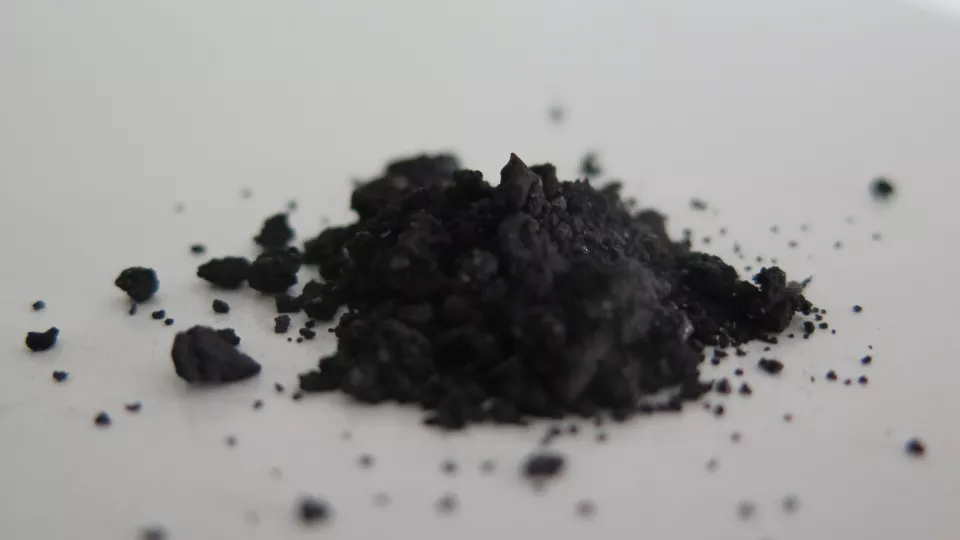What are the main messages in the policy brief?
Biochar as a carbon removal method is likely substituting for emissions reductions in Danish climate policy and is in risk of not delivering on the envisioned climate mitigation potential. Therefore, the inclusion of biochar in the 70 percent reduction goal in 2030 risks leading to mitigation deterrence, i.e. continued emissions that could otherwise have been reduced.
While the concrete strategy for implementation is not fully developed, there are voices suggesting that biochar should be financed through carbon credits, which likely substitutes for emission reductions and thus leads to further mitigation deterrence. Moreover, the use of carbon credits often involves double claiming, which makes climate mitigation efforts seem larger than they are, reducing the ambition for further emission reduction efforts.
Why is it important to highlight?
As the amount of CO2 emitted accumulates in the atmosphere, the further we wait with reducing emissions, the more they accumulate and contribute to climate change. Thus, there is a need to prioritize emissions reductions over potential future carbon removal.
Denmark has historically been able to benefit from carbon emitting activities to attain economic growth and develop its welfare system. From a historical and global climate justice perspective the country should thus reduce emissions drastically as fast as possible. As an affluent country there is plenty of potential to reduce emission through structural changes without compromising with upholding a decent living standard.
Finally, it is important to highlight that in Danish climate policy, biochar is seen as a ‘technical solution’ to address emissions in the Danish agricultural sector. The agricultural sector currently represents 34 percent of Danish territorial emissions – a proportion that is expected to increase as other sectors decarbonize the coming years. Therefore, there is a strong need to increase emission reduction efforts in the agricultural sector.
Currently, biochar is envisioned to cover 25 percent of emission reductions in the sector and relying on its future potential is a risky strategy. At the time of research there were no farmers outside test-sites and field trials using biochar, so it is a massive roll-out that is needed to achieve the goal, it has a number of uncertainties – amount of land, amount of biomass, distribution of economic and climate gains along the value chain, integration in other agricultural practices and systems, monitoring and verification – that makes it unlike to deliver on the scale envisioned in time.
What do you hope to achieve with your research?
I hope that the government will reconsider its current climate policy and envision a way to reach the 70 percent-reduction goal in 2030 by reductions, not removals. Carbon removals may be viable tools towards mid-century net-zero goals, but given their uncertainties, negative side effects, and the risk of not delivering on envisioned ‘technical potentials’, short-term climate goals should be achieved through reductions.
Further, if the government decides to use biochar in the climate policy later, I hope that they will not rely on the sale of carbon credits to finance the intervention, as it inherently carries risks of mitigation deterrence.
Moreover, if the government decides to rely on biochar towards later net-zero goals, I suggest that they expand from a narrow focus on the pyrolysis technology and bring attention to the side of agricultural practices. How are farmers envisioned to engage with biochar? How are they intended to incorporate it concretely into existing daily practices and wider production related and contractual relations? In short, there is a number of social, practical, ecological, geographical and contractual agricultural relations that need to be taken into account, and which are currently lacking attention in policy and in public debate.
